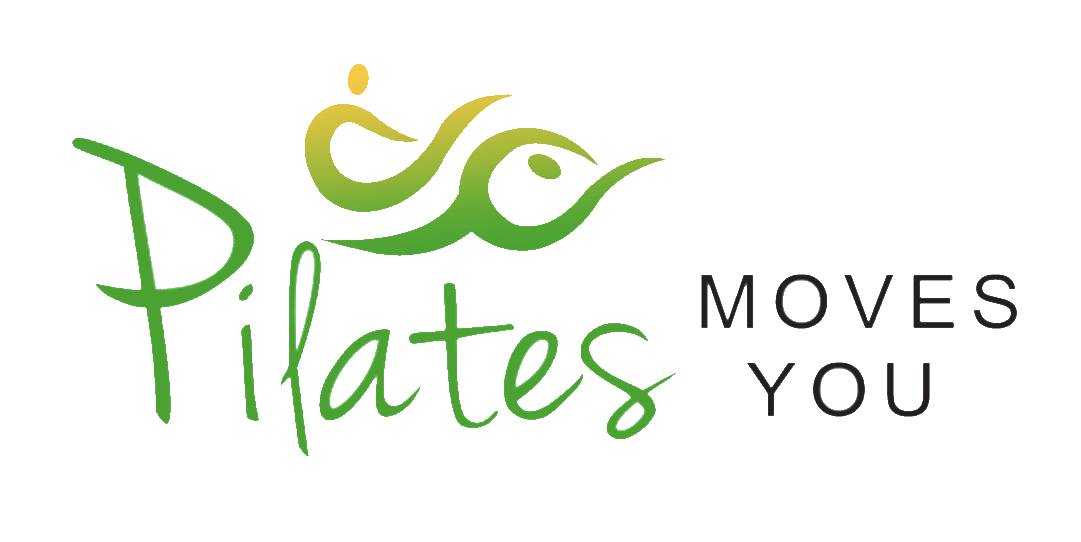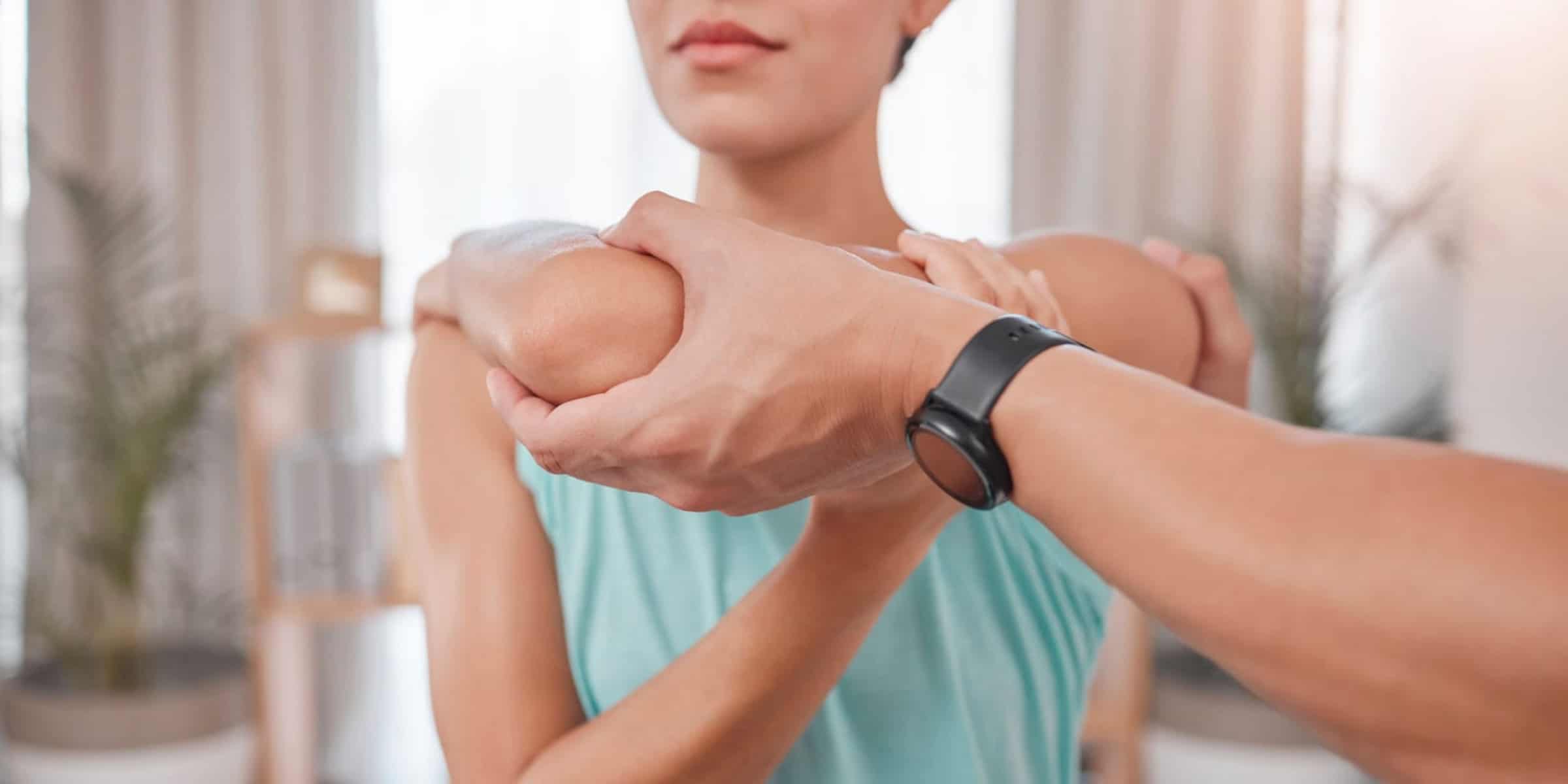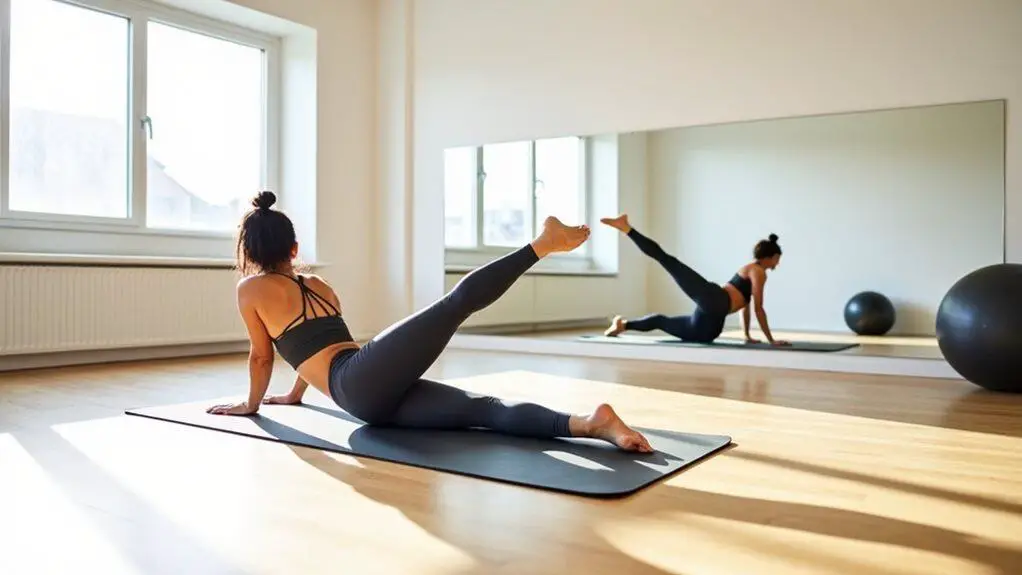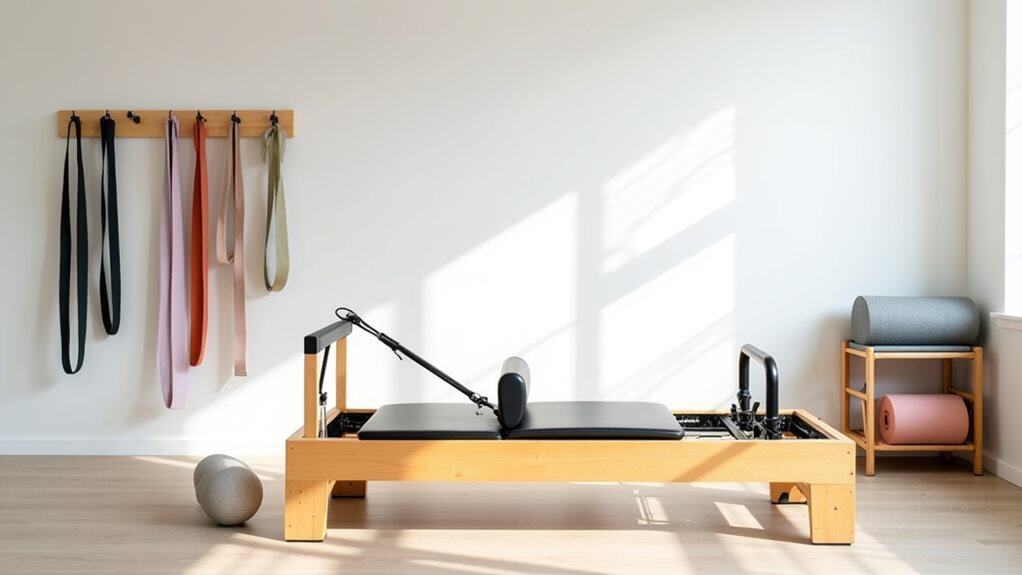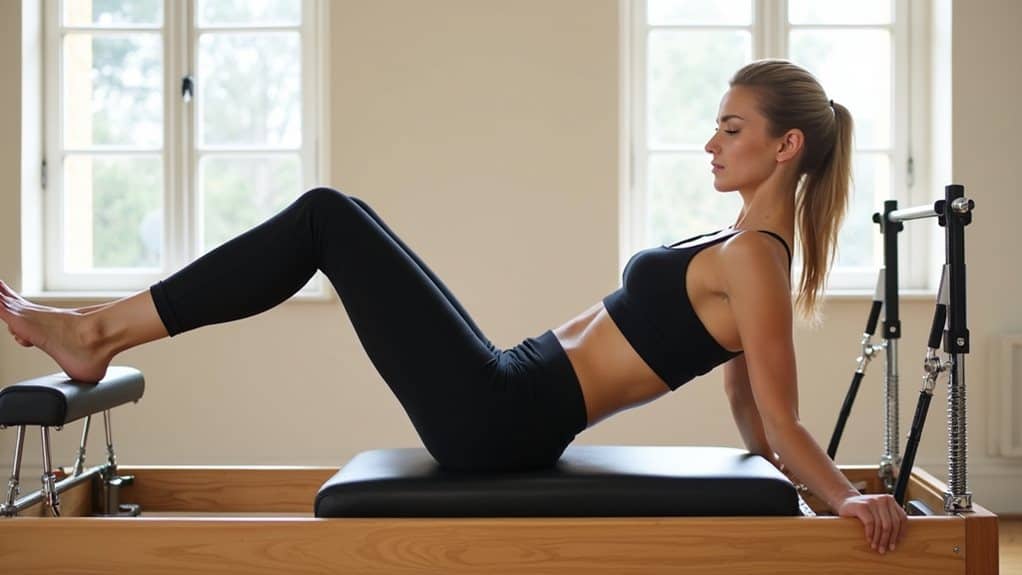Are you fed up with persistent injuries that keep you on the sidelines? Are you looking to take your physical performance to the apex and stay in optimal shape? Then look no further than Pilates, the secret weapon of athletes all around.
It is not just for dancers and yogis, but also a potent tool that can heal and avert injuries while upgrading your overall health and prosperity.
Envisage a training session that not only reinforces your core and improves your suppleness, but also amplifies your body perception and helps you obstruct future injuries. Pilates does all that and much more.
By concentrating on guided movements and exact positioning, this low-impact workout approach focuses on the deep muscles that sustain your body, making you stronger and more enduring.
We will investigate the multiple rewards of Pilates for athletes in this article. From injury recuperation to injury obstruction, augmented body awareness to stress abatement, Pilates has it all.
So, get set to take your athletic performance to the subsequent level with the potency of Pilates.
Core Strengthening and Stability
If you’re an athlete looking to advance your core fortitude and permanence, Pilates is the optimum way to do so! Core kindling and equilibrium training are two major components that Pilates focuses on, making it a potent technique for athletes to amplify their performance and avert wounds.
Pilates maneuvers specifically target the profound muscles of the core, comprising the transverse abdominis, multifidus, and pelvic floor muscles. These muscles have a critical role in providing solidity and regulation during athletic motions. By fortifying and energizing these muscles, Pilates supports athletes to develop a sound basis of core strength, which translates into augmented vigor, perseverance, and total performance.
Apart from core kindling, Pilates also puts accentuation on balance training. Numerous Pilates exercises necessitate athletes to conserve sturdiness and command while executing motions on unsteady surfaces or in demanding postures. This tests the proprioceptive system, which is responsible for body awareness and equilibrium. By weaving balance training into their Pilates regimen, athletes can better their aptitude to stabilize their bodies during dynamic motions, lessening the hazard of tumbles and traumas.
As you advance your core strength and stability through Pilates, you’ll also observe enhancements in flexibility and ambit of motion. This will be delved into in the next section, wherein we will study how Pilates can assist athletes augment their all-around athleticism.
Flexibility and Range of Motion
Enhancing flexibility and improving range of motion through Pilates can greatly benefit athletes in their recovery and overall performance. Pilates exercises focus on lengthening and stretching the muscles, which aids in increasing flexibility and better joint mobility. Incorporating Pilates into their training routine can offer several advantages that bring about improved athletic performance and injury prevention tactics.
Improved Joint Mobility: Pilates exercises target the muscles surrounding the joints, permitting for augmented range of motion and flexibility. This can help athletes run more smoothly and proficiently during their sport, minimizing the peril of harm caused by limited movements.
Boosted Muscle Elasticity: Pilates includes dynamic stretching, which boosts muscle elasticity. This can bring about improved power and performance during vigorous movements, such as sprinting or jumping.
Elevated Body Awareness: Pilates emphasizes proper body alignment and control, which helps athletes cultivate better proprioception and body awareness. This can help in injury prevention by promoting precise movement patterns and reducing the danger of imbalances or compensations.
Diminished Muscle Imbalances: Pilates exercises target both the major muscle groups and the smaller stabilizing muscles. This assists in rectifying muscle imbalances, which can contribute to injury risk. Balanced muscle strength and flexibility can better overall athletic performance.
Injury Prevention Strategies: The improved flexibility and range of motion obtained through regular Pilates practice can help athletes prevent injuries by making sure that their bodies are better ready for the demands of their sport.
Stepping into the subsequent segment about injury rehabilitation, it is necessary to note that Pilates can also be an effective instrument for athletes recovering from injuries.
Injury Rehabilitation
Despite its reputation as a mere exercise routine, incorporating Pilates into a recovery plan can prove to be a startling game-changer for injured athletes. Pilates offers a variety of injury prevention techniques and restorative exercises that can help athletes get back on track faster and stronger.
One of the key advantages of Pilates is its concentration on core strength and stability. By toning the muscles that bolster the spine and pelvis, Pilates helps to refine overall body alignment and reduce the chance of future injuries.
Additionally, Pilates exercises can be individualized to target specific areas of weakness or imbalance, allowing athletes to tackle their specific needs during the rehabilitation process. These exercises often comprise both power and elasticity training, assisting athletes to regain their range of motion while building strength in the hurt area.
Research has revealed that Pilates can be efficacious in lessening pain and enhancing function in a range of injuries, comprising lower back pain, knee injuries, and shoulder injuries. By furthering correct body mechanics and alignment, Pilates helps athletes cultivate better body cognizance, which can convert into upgraded performance and decreased risk of future injuries.
Improved Body Awareness
Picture the feeling of empowerment that comes with a heightened level of body awareness, allowing you to move with ease and accuracy. Pilates can be the key to achieving this, as it helps with body alignment and posture. Through a series of controlled movements and exercises, you can strengthen your core and rectify any imbalances. Strengthening the muscles that support your spine can have the added benefit of lowering the chance of injury.
Pilates not only aids in proper alignment, but also boosts body awareness. As you become more aware of your body, you can recognize and amend any postural issues that may be causing pain or discomfort. This heightened understanding of your body allows you to make adjustments as you go, resulting in smoother, more effective movements.
Incorporating Pilates into your workouts can help to prevent injuries and amplify your performance. With improved body awareness and alignment, you can move more gracefully and efficiently, reducing stress on your body. Let’s explore how the practice of Pilates can help you to prevent injuries and enhance your athletic ability.
Injury Prevention
Imagine the liberty and assurance you’ll experience as you move effortlessly through your workouts, your body safe from harm and injury. Pilates for athletes presents a host of advantages, including injury prevention, which can significantly improve your athletic performance. Through incorporating particular training techniques, Pilates assists to fortify and stabilize your muscles, bringing down the risk of regular sports injuries.
Here are three means Pilates can help avert injuries and upgrade your athletic performance:
- Core Strengthening: Pilates concentrates on constructing a powerful core, which is indispensable for maintaining accurate posture and stability during physical activities. A strong core helps disperse the workload uniformly throughout your body, diminishing tension on delicate parts and reducing the possibility of injury.
- Flexibility and Range of Motion: Pilates exercises boost flexibility and upgrade your range of motion, permitting you to move more proficiently and productively during training. Heightened flexibility decreases the probability of muscle disparities and joint obstructions that can result in injuries.
- Balance and Coordination: Pilates focuses on balance and coordination, intensifying your body’s capacity to move with correctness and control. Improved equilibrium diminishes the risk of falls and upgrades overall athletic performance.
By incorporating Pilates into your training regimen, you can not only obstruct injuries but also improve your athletic performance. Transitioning to the next topic, strain alleviation and mental well-being, is fundamental for sustaining peak performance and overall well-being.
Stress Relief and Mental Well-being
Pilates is advantageous beyond physical health, serving as a major factor in reducing tension and uneasiness. By engaging in regular Pilates sessions, you can observe a fall in cortisol levels, which are implicated in stress.
Besides, Pilates promotes attention and concentration through its focus on regulated movements and mindful breathing methods.
And finally, practicing Pilates fosters relaxation and mindfulness, giving you the opportunity to hush your mind and attain a state of serenity amidst the mayhem of everyday life.
Reduce stress and anxiety
Ease your mind and find solace from stress and anxiety through the rehabilitative and injury prevention advantages of Pilates for athletes. Pilates is not only an exercise in the physical sense, but it also offers an array of mental health perks. By practicing Pilates, you can effectively manage stress and reduce anxiety.
Listed here are the ways Pilates helps in stress regulation and anxiety lessenment:
- Mind-body affiliation: Pilates concentrates on respiration techniques and thoughtful motions, which facilitate quiet the mind and advance serenity.
- Relieve tension: The controlled and precise actions of Pilates let go of pressure from the body, permitting you to free yourself of stress and anxiety.
- Boost endorphins: Pilates activates the release of endorphins, which are natural mood boosters and help lessen symptoms of stress and anxiety.
By embracing Pilates into your customary routine, you can encounter a lowering in stress and anxiety levels, fostering overall mental well-being.
This better mental state will then transition into the succeeding part about ‘enhance focus and concentration’.
Increase focus and concentration
Harnessing focus and concentration is key for success in multiple facets of life. Research has shown that regular practice of Pilates can boost cognitive abilities and extend attention span.
Pilates involves accurate, regulated movements that necessitate mental concentration and coordination. This body-mind workout encourages the activation of certain brain areas liable for cognitive function, such as the prefrontal cortex. By partaking in Pilates, people can upgrade cognitive function, intensifying mental clarity and the capability to concentrate on projects at hand.
Additionally, Pilates incorporates breathing exercises that help soothe the mind and minimize mental distractions, enabling better focus. By assimilating Pilates into your regimen, you can hone your attention skills and stay mentally alert throughout the day.
Moving into the next part, Pilates also endorses relaxation and mindfulness.
Promote relaxation and mindfulness
Incorporating mindful breathing techniques and relaxation exercises can lead to a state of calm and peacefulness, allowing one to find serenity in their daily lives.
Pilates for athletes emphasizes the relationship between mind and body, helping to still the mind and reduce tension. A cornerstone of Pilates is mindful breathing, which activates the parasympathetic nervous system and initiates the body’s relaxation response. This can result in diminished anxiety and improved stress management.
Furthermore, Pilates encourages individuals to be conscious of the moment, nurturing a sense of mindfulness. With consistent practice, athletes can acquire the ability to manage stress and increase their overall wellbeing.
Not only does Pilates promote relaxation and mindfulness, but it also offers a variety of cross-training benefits.
Cross-training Benefits
Mixing Pilates into your regimen will help you vary your workouts, allowing your body to alter and become stronger in innovative ways, as if a puzzle piece fitting perfectly into a larger image. Including Pilates in your training can bring a lot of advantages to athletes desiring to better their capability and increase their agility. Here are four reasons why incorporating Pilates into your program is a brilliant move:
- Injury Prevention: Pilates concentrates on forming core strength, increasing flexibility, and heightening body awareness. By strengthening your core, you create a stable basis that can guard your joints and muscles from potential injuries during extreme athletic activities.
- Enhanced Body Control: Pilates exercises stress accuracy and control, teaching you how to move your body competently and effectively. This raised body understanding translates into better coordination and balance, allowing you to function at your finest in different sports and activities.
- Elevated Strength and Endurance: Pilates aims both small and large muscle groups, making it an excellent addition to your current strength training routine. By including Pilates exercises, you can amplify your overall strength and endurance, enabling you to push harder and go the extra mile during your workouts.
- Quicker Recovery: Pilates workouts focus on stretching and lengthening muscles, boosting blood circulation and aiding in muscle recovery. By including Pilates into your training program, you can accelerate the recovery process and decrease muscle soreness, permitting you to get back in action quicker after strenuous workouts or competitions.
By diversifying your program with Pilates, you can not only better your performance and agility but also prioritize your long-term health and fitness.
Long-term Health and Fitness
Diversifying your training program with Pilates can contribute hugely to your long-term health and fitness. It can increase body control, strength, and endurance, as well as hasten recovery times.
Pilates isn’t just advantageous for athletes in terms of injury avoidance and rehabilitation. It also offers significant benefits for strengthening endurance and cardiovascular health.
Regularly practicing Pilates can upgrade your endurance by concentrating on the deep stabilizing muscles of the core. These muscles are pivotal in maintaining correct posture and stability during physical activities. By reinforcing these muscles, Pilates encourages you to keep good form and execute movements more proficiently, ultimately leading to improved endurance.
Moreover, Pilates exercises are regularly conducted in a smooth and stable way, which helps to raise heart rate and promote cardiovascular health. The regulated movements and focus on breath coordination in Pilates also boost lung capacity and oxygen delivery to the muscles, resulting in improved overall cardiovascular fitness.
Including Pilates into your training program can give you an all-around approach to fitness. It helps you accomplish long-term health and fitness objectives. By enhancing endurance and cardiovascular health, Pilates can bolster your athletic performance and general prosperity.
So, why not give Pilates a shot and experience the numerous advantages it can deliver to your long-term health and fitness journey?
Final Thoughts
Congratulatory wishes are in order for finishing up this piece on the recovery and injury prevention profits of Pilates for athletes.
Embracing Pilates into your coaching regimen is a proactive technique to fortify your core, upgrade flexibility, and impede hurt.
With habitual practice, you will augment body mindfulness and build a strong basis for long-term wellbeing and physical fitness.
It is also essential to note that Pilates is not just a physical practice but also a soothing and emotionally uplifting exercise.
So, what are you lingering for? Get started enjoying the manifold advantages of Pilates now and take your athletic performance to greater heights.
